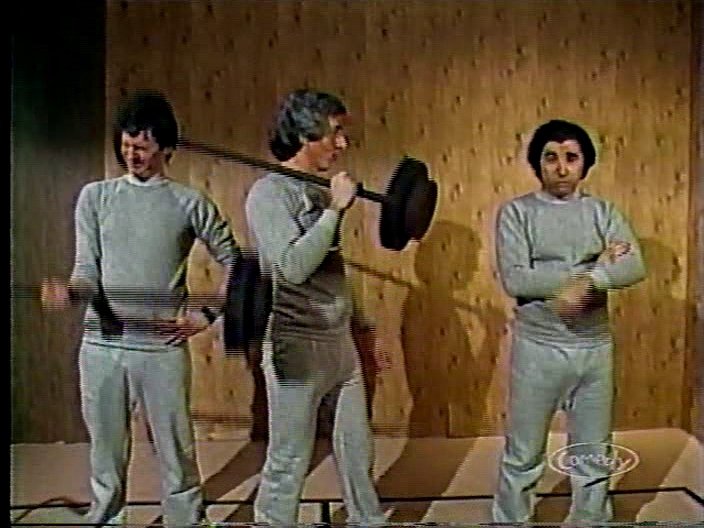
Existentialist Weightlifting
Lorne's Missing Links: Steve Martin's Best Show Ever and The New Show
Lorne Michaels stepped away from Saturday Night Live after the show’s fifth season, and his creation was kept alive by other producers, writers and actors for the next five years; when he returned to the show in 1985, he had a whole new cast, but many of the behind-the-scenes personnel were those who had been associated with his original five year tenure, and there were a handful of additions that would shape the show’s tone and look for years to come. Because the Jean Doumanian and Dick Ebersol eras each had their own specific directions and mostly unique personnel. one wonders what the show would have been like if Michaels had stuck around during that time. There are a few hints of what a Michaels-helmed SNL would have looked like in two of his TV productions during that period: Steve Martin’s Best Show Ever, a special Martin did for NBC in November 1981, and The New Show, Michaels’ ill-fated return to weekly network television
SNL Up Close: 1985-86
In four seasons, executive producer Dick Ebersol had brought Saturday Night Live back from the cancellation, had the hottest comedian in America in the cast, and oversaw its transition from a live incubator of new comic talent to an increasingly prerecorded showcase for established comedians. By 1985, though, Ebersol found himself tired of the show’s grueling schedule, and, after toying with staying with a mostly-prerecorded version of the show that wouldn’t premiere until the next January, decided to step away. Brandon Tartikoff, president of NBC Entertainment, had to consider his options, and fast.

